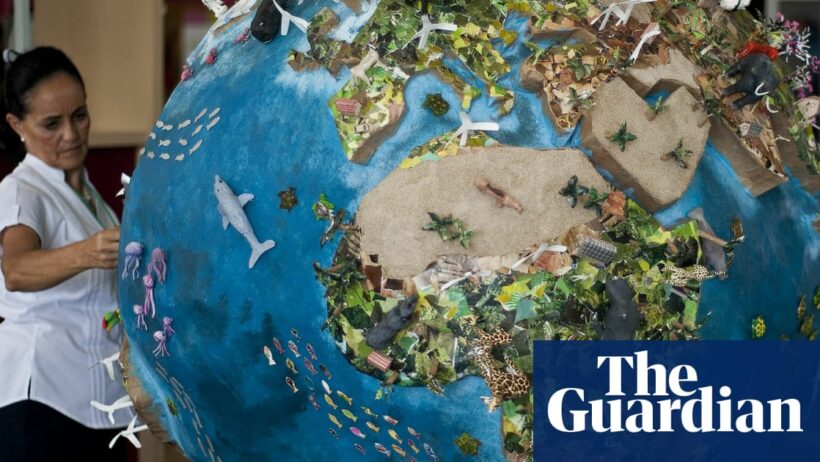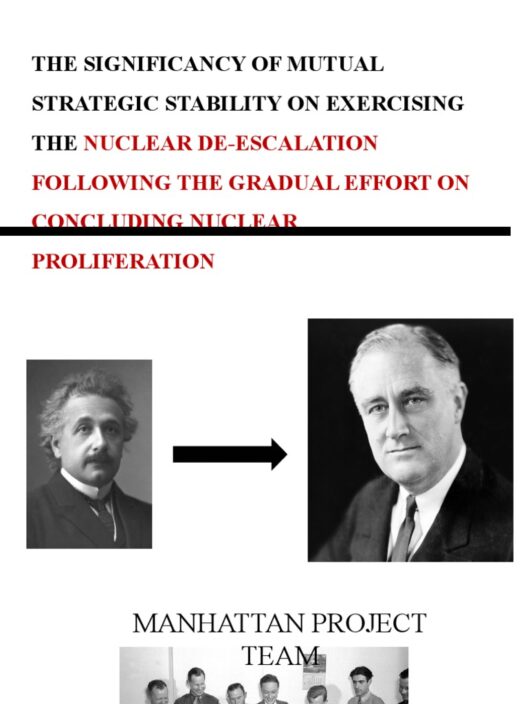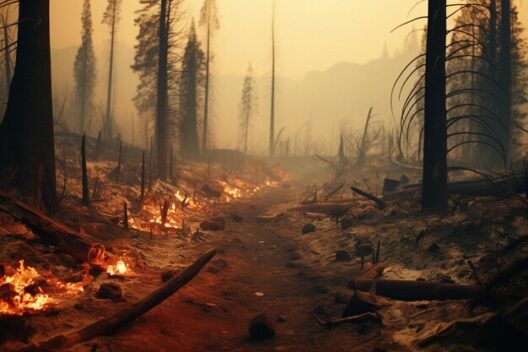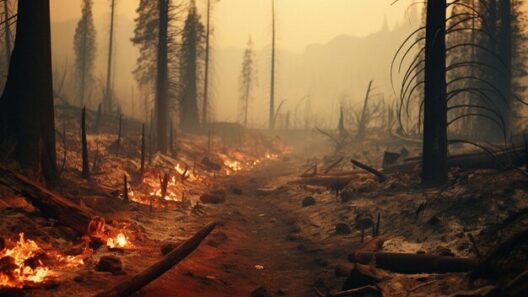In the intricate web of our environment, a tempest brews—a tempest of scholarly research, educational exploration, and public discourse surrounding the ominous trajectory of global warming. Among the myriad solutions bandied about, one rather intriguing proposition has emerged: the potential of paper, in its various forms, to mitigate the encroaching threat of climate change. This notion could tantalizingly unfurl within the framework of a science fair challenge, transforming the traditional perception of paper from a mere vessel of information to a vital component in the battle against global warming.
At first glance, the concept may seem almost paradoxical. After all, isn’t paper synonymous with deforestation, waste, and environmental degradation? However, a closer examination reveals an intricate tapestry of sustainability interwoven with innovation. The challenge would beckon the inquisitive minds of young scientists to explore the multifaceted dimensions of paper production, consumption, and recycling. The goal is to highlight how contemporary practices in the paper industry—when executed with foresight and responsibility—can contribute to environmental stewardship and climate resilience.
Starting with the lifecycle of paper, students could investigate its origins, tracing the path from tree to product. Traditional paper manufacturing, fraught with challenges such as extensive water usage, energy consumption, and carbon emissions, can indeed present a bleak picture. Yet, this is where the allure of the challenge lies—how can we reimagine this process?
One fascinating angle is the concept of sustainable forestry. Participation in a science fair may enable budding environmentalists to delve into broadening the use of certified sustainable sources (for instance, FSC or PEFC certified wood). They could elucidate how carefully managed forests regenerate and bolster biodiversity while being harvested for paper. This knowledge could ripple out to the community, offering a template for responsible consumption and instilling an appreciation for sustainably sourced materials.
Moreover, the explicit exploration of the recycling potential of paper could be a crucial aspect of this challenge. Students might embrace the idea of transformation—not unlike a phoenix rising from the ashes. Recycling paper conserves resources, reduces waste, and diminishes our carbon footprint, making it a cornerstone of any pragmatic discussion regarding climate solutions. By calculating the energy saved through recycling versus manufacturing virgin paper, young researchers can shed light on the immediate impacts of their actions.
Transitioning from the lifecycle investigation, a captivating exploration into the innovation of paper alternatives could buoy the challenge further. In an age teeming with technological advancements, there exist alternatives to traditional paper, such as hemp-based or other plant-fiber papers. Students could experiment with different biomass sources, examining the viability and ecological implications of these materials. This opens a dialogue on the need for diversification in resource utilization and brings to the forefront the importance of reducing reliance on singular types of paper products.
Engaging the community through the eyes of these young scientists may prove enriching whether through workshops or exhibitions. Imagine local citizens gathering to share the stories of their recycled paper crafts or educational booths highlighting the ecological benefits of reducing paper consumption. The challenge could blend scientific inquiry with tangible community involvement, forging connections between knowledge and action.
As the challenge unfolds, a vital aspect becomes the educational outreach component. Demonstrations on how to transition from paper-heavy practices—like reducing printed materials in offices or schools—to digital alternatives can be powerful. Students could create informative brochures or digital presentations, illustrating how technology serves as an ally in reducing paper dependence without sacrificing communication effectiveness. This nexus of innovation and education can embolden communities to advocate for sustainable practices that possess the potential to lessen our carbon emissions.
In relation to carbon sequestration, students could venture into the realm of paper’s role in carbon management. Scientific studies document how forests, including those specifically harvested for paper production, play an integral role in absorbing carbon dioxide from the atmosphere. By promoting forest maintenance alongside the responsible production of paper, the argument becomes not simply about reducing paper usage but rather embracing a more holistic approach—where forests flourish as carbon sinks contributing positively to climate stability.
The engaging interplay between creativity and scientific rigor may also provoke broader discussions about consumer behavior. What if we appeal to emotions using raw stories about the impact of paper productions on local ecosystems? The challenge could encapsulate vivifying narratives, like a visual representation of the carbon footprint generated by different types of paper products. What compels people to engage more consciously with their choices if not informed by captivating stories?
In conclusion, envisioning a science fair challenge centered around the thesis of whether paper can stop global warming embodies a remarkable potential to unveil critical connections between education, innovation, and environmental activism. By marrying ecological science—with its complex facts and statistics—with a vibrant community spirit and a commitment to sustainability, participants can elucidate the myriad ways paper can play a supportive role in nurturing our planet. It is not the diminishing consumption of paper that should be the sole focal point but rather the transformation of our relationship with this commonplace material. The challenge posits a fabulous inquiry — can the humble piece of paper, both in its utility and lifecycle, truly embody a catalyst for a greener future? The answer lies not only in our understanding of its processes but in our collective commitment to innovative solutions that honor and preserve our home planet.








